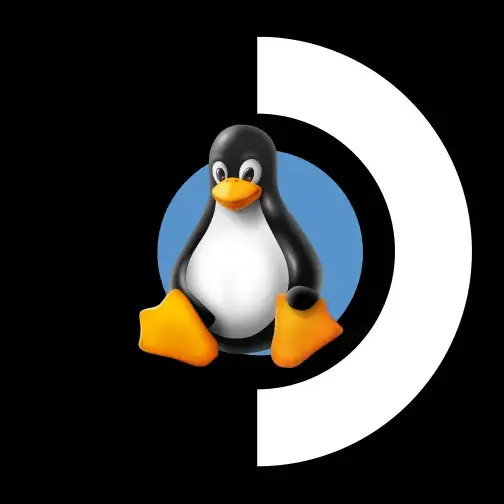

Pixel shifting is done entirely on the monitors firmware nowadays, no OS intervention necessary.


Pixel shifting is done entirely on the monitors firmware nowadays, no OS intervention necessary.


Phone AMOLED screens are entirely different beasts compared to QD-OLED/WOLED on TVs and monitors.
Phone OLEDs are much more dense, run much hotter and brighter, most also lack pixel shifting and many even pixel refreshing.
I also had some severe burn-in on phones.


To quote Rtings:
under normal circumstances, with mixed usage, burn-in isn’t an issue
Even if your task bar is on 70% of the time, you’re not going to see any significant burn-in.


The feature recently added to the PS5’s Dualsense that allows them to pair with multiple devices was such a huge QoL change.
Does that only apply to playstations or can you pair to multiple PCs? Might have to upgrade then.
AND per app focus stealing prevention settings.
It does? BRB, putting Steam on the lowest level possible so I can turn everything else back up.


What makes you think a USB-C to headphone jack adapter stops working after a year? There’s the same circuit in there that does the DAC like in a phone headphone jack.


The EU store ships from the EU with warranty, support, etc. for quite a hefty premium. I ordered from the global store which ships from Hong Kong. Paid ~500€ a year ago (including taxes).


The display looks great and mine doesn’t have the stuck pixel or the buggy lines issue you experienced
They have since fixed that.
though I do have very noticeable ghosting artifacts
Unfortunately just the nature of the technology. If you’re just reading, DU4:3 works the best, for manga I use the full G:4 mode with screen refresh for every page flip enabled.
I wrote some custom profiles for each (Default, Book, Manga, Notes, Notes (Landscape) which I have on my desktop, I can send you the scripts if you want.
Couldn’t find a good way to use browsers on it yet since they all smooth scroll instead of jumping in fixed intervals.


I left mine running over night with KOReader open, Nextcloud in background, no suspend and it took 20 hours and 10 minutes to go from 100% to 10%.
As @poweruser@lemmy.sdf.org wrote, there is a pretty significant phantom drain where it loses about 15% per day when suspended.


I have used the same tip for a year and it’s still fine. It also comes with 2 tip replacement and all of the generic pens for EMR screens work on the Pinenote.
Can’t say much about the battery life but I’m going to leave it running once it’s fully charged and report back.


I have one, I wrote a small review for it last year: https://domistyle.gitlab.io/pinenote-2024/ (enable autoplay so the videos play).
You can test Xournal++ and KOReader on any Linux desktop, it’s what works best on the PineNote right now.
They also have an active Matrix group where the main developers are present.


I don’t hate LTT but they are mostly an entertainment channel nowadays, not a review channel.
Their reviews are focused on sponsored products, sometimes wrong and most of the time don’t go into much depth. Not to mention the countless ads, sponsorships and clickbait.
If somebody likes them, more power to them, but I don’t go to LTT when I need information about something.


Who is kiss?
2027/2032 is still some time away.
However, accessibility features provided by third-party applications may be worse in some aspects. Please open a bug report if you have any special requirements that we don’t cover yet! This is an active topic we’re very interested in improving.
Let them know what you need.


I bought a Model 3 SR+ in 2019 because it was pretty much the only decent option, also still driving it.
BYD and other Chinese brands were not available here yet and German manufacturers were asleep at the wheel.
The best coming out of Germany at that time were repurposed chassis from ICE cars, with all the flaws that brings. The Leaf lacked water cooling on the batteries.
The best alternative at that time was a classic Hyundai Ioniq but it had a 28 kWh battery where as the Model 3 SR+ had a 52 kWh battery for 10.000€ more.
Since you own an e-Golf, just to put some numbers on this. (e-Golf left, Model 3 SR+ right)
https://ev-database.org/car/1087/Volkswagen-e-Golf
https://ev-database.org/car/1485/Tesla-Model-3-Standard-Range-Plus
This is Lemmy. “Linux” doesn’t cut it here.
We want to know exactly which distro, which tweaks, what hardware and how you broke it this time.


Shoutout to EasyEffects, which has a nice UI and can make the worst microphone sound fantastic.


Oh come on, they added guidelines on how AI generated content has to be marked.
The alternative would be people committing their AI generated code anyway and just not telling anyone.
That explains things. Non-focused applications cannot read keystrokes on Wayland.
Since Discord is still running in X11, if you are on KDE you can enable one of these options as a workaround:

Hopefully Discord (or a wrapper for it) will eventually get proper global shortcut support, in which case you can set it right in the KDE shortcut settings.
Phones usually don’t do pixel shifting since they lack the extra pixels on the edge to shift the content around.